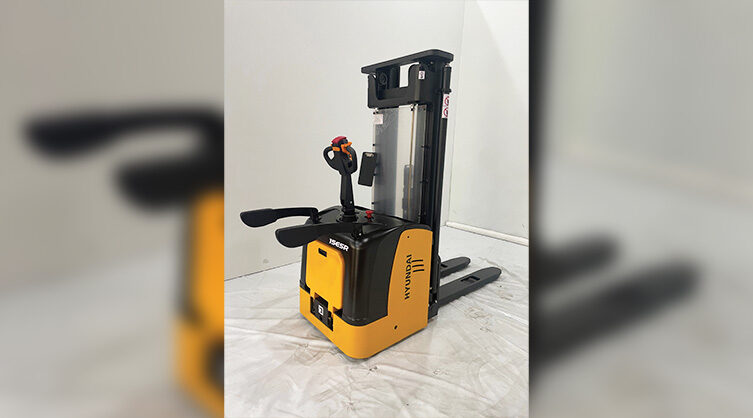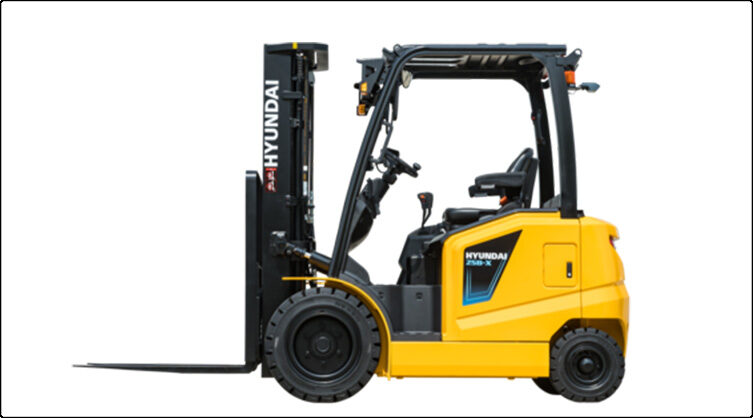Indian forklift companies are looking forward to the benefits of mechanisation, which will increase efficiency, safety, and adaptability across five separate classes of equipment
Historically, Asian nations traditionally used Manpower to lift or transfer heavy loads. Still, now in advanced times, material handling equipment’s in the picture and because of this complete material handling process is easy and smooth considering all safety measurements.
There is a move towards mechanisation, and Indian forklift businesses are excited about what that means for the industry. Typically, Material handling equipment is categorised into five different classes.
Class 1— Electric Motor Rider Trucks
A class I forklift has an electric motor, and operators may stand or sit when operating the truck. These forklifts have a heavy battery to power the truck and act as a counterweight, so you will often find them counterbalanced. These trucks are extremely versatile and can have either cushion or pneumatic tires. The most common designs have three wheels but come in 4-wheel variations. Models using pneumatic tires are designed for outdoor applications, while cushion-tired trucks are best suited for flat, indoor surfaces. Additional benefits of class 1 forklifts include:
- Forklifts powered by electric motors are quieter compared to internal combustion (IC) forklifts.
- They offer reduced fuel expenses.
- Generally, they have lower maintenance costs.
- They are available in diverse sizes tailored to specific applications.
- They can be utilised in locations that enforce stringent air quality regulations.
Class I forklifts are top-rated for the above reasons but typically come with a higher initial cost.

CLASS II. Electric Motor Narrow Aisle Trucks
Class II MHE uses solid, cushioned tires and is designed to work in smaller spaces. Many of these forklifts are designed to work with attachments that allow them to do particular jobs. Examples of class 2 MHE include order pickers, reach trucks, side loaders and stand-up riders. These types of MHE are designed for efficiency of space and speed of operation.
CLASS III. Electric Motor Hand Or Hand/Rider Trucks
These types of MHE are commonly used for transporting materials that require low lifts. These types of MHE can quickly move products around the floor of the warehouse without the need to place the product on a high shelf or rack. Hand trucks are often operated by a handle at the rear of the truck, and hand control is used to steer as the operator walks or rides it to its destination. There are also motorised pallet jacks in this category that have seats.

CLASS IV. Internal combustion engine trucks-Cushion tires
The name of this forklift category sums up what you get with them. These internal combustion forklifts have cushion tires and run on diesel, gasoline, LP gas or compressed natural gas [LW1]. Some forklifts in this category are:
Counterbalanced and can be used in indoor and outdoor applications, assuming there are smooth, dry floors. Class 4 forklifts stay low to the ground, making them suitable for low clearance applications and are often used to move items from loading docks to storage areas.
CLASS V. Internal combustion engine trucks-Neumatic tires
One of the most flexible classes of forklifts, class V trucks can be used inside or outside due to their pneumatic tires and their wide range of capacities, making them a popular choice for warehouses of all shapes and sizes. For more rugged outdoor applications, these lift trucks can be outfitted with special solid pneumatic tires to reduce the risk of being punctured while on the job. Their internal combustion engines can be powered by compressed natural gas, diesel, and LP gas.
For more details, visit: www.hyundaiindia.net
Cookie Consent
We use cookies to personalize your experience. By continuing to visit this website you agree to our Terms & Conditions, Privacy Policy and Cookie Policy.


















